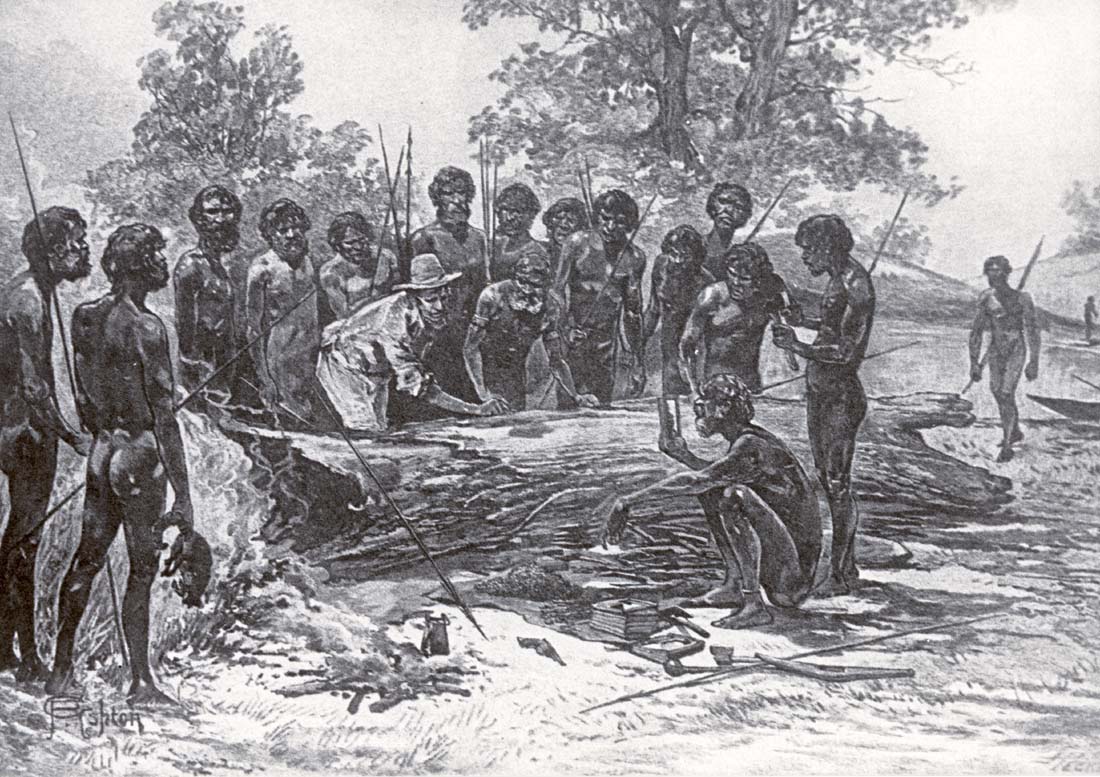|
Strandloper (other) , a Northern Irish animation studio
{{disambig ...
Strandloper may refer to: * ''Strandloper'' (novel), novel by English writer Alan Garner * Strandloper (people), ethnic group of south-western Africa * Harry die strandloper (fl. c.1625-1665), Khoikhoi tribal leader * Sandpiper (Dutch: Strandlopers en snippen), a large family of shorebirds or waders * Straandlooper Straandlooper is an animation studio and video game developer based in Donaghadee, Northern Ireland. They developed the episodic video game for iPhone, '' Hector: Badge of Carnage'' which is based on their character ''Hector: Fat Arse of the Law' ... [...More Info...] [...Related Items...] OR: [Wikipedia] [Google] [Baidu] |
Strandloper (novel)
''Strandloper'' is a novel by English writer Alan Garner, published in 1996. It is loosely based on the story of a Cheshire labourer, William Buckley. The historical figures of Edward Stanley and John Batman also appear as characters. An English epileptic is transported to Australia, where he escapes and becomes the holy man of the Beingalite people. Many years later he returns to England, and walks his home landscapes like an Aboriginal. Reaching the village church, he smears his body with clay and performs a spirit dance. Critics found the book private, idiosyncratic, and difficult; Jenny Turner admired its Buntingesque construction but disliked its biblical tone. The Tolkien scholar Jason Fisher likened it to a baptism of folklore that demanded work from the reader, but found that worth the effort. Plot In 1803, a farmer's son from Cheshire, William Buckley, participates in folk rituals which coexist with the local Christian church. An epileptic, William is prone to vis ... [...More Info...] [...Related Items...] OR: [Wikipedia] [Google] [Baidu] |
Strandloper (people)
The Strandlopers are a Khoikhoi-derived people who live by hunting and gathering food along the beaches of south-western Africa, originally from the Cape Colony to the Skeleton Coast. Most Strandloper communities did not persist in the face of demographic and economic changes occurring in southern and south-western Africa during the 19th and 20th centuries, and disappeared through assimilation. The only tribe still distinguishable from their assimilating neighborhood are the Topnaar of the southern Namib who in 2005 consisted of around 500 members, distributed over 12 small settlements along Kuiseb River in central Namibia. Although the other communities have disappeared, archaeological evidence of their existence remains in the form of middens containing seashells, pottery and the bones of whales and seals, as well as ash and charcoal. Etymology The name is Afrikaans and Dutch for “beach walker”. The term has been extended by archaeologists to refer to coastal communities ... [...More Info...] [...Related Items...] OR: [Wikipedia] [Google] [Baidu] |
Harry Die Strandloper
Autshumato (or Autshumao; ''Herry'' or ''Harry de Strandloper'') was a chief of the Khoikhoi Gorinhaikonas (or Goringhaicona) who worked as an interpreter for the Europeans in present-day, Cape Town, South Africa prior and during the establishment of the Dutch settlement on the Cape of Good Hope in 1652. His date of birth is unknown, but it is thought that he lived between about 1625 and 1663. In 1630, he was taken to Bantam, there he was taught English and Dutch in order to facilitate trade between settlers and his people. As chief and interpreter he accrued considerable wealth. In 1632, he moved to Robben Island, working as postman and liaison for European ships passing the island. Moving back to the mainland 8 years later, Autshumato worked to create trade between the Gorinhaikonas and the Dutch. On 6 April 1652, Jan van Riebeeck, a Dutchman employed by the '' Verenigde Oostindische Compagnie'' (V.O.C.), arrived at the Cape to take control of the burgeoning settlement tha ... [...More Info...] [...Related Items...] OR: [Wikipedia] [Google] [Baidu] |
Sandpiper
Sandpipers are a large family, Scolopacidae, of waders. They include many species called sandpipers, as well as those called by names such as curlew and snipe. The majority of these species eat small invertebrates picked out of the mud or soil. Different lengths of bills enable different species to feed in the same habitat, particularly on the coast, without direct competition for food. Sandpipers have long bodies and legs, and narrow wings. Most species have a narrow bill, but otherwise the form and length are quite variable. They are small to medium-sized birds, measuring in length. The bills are sensitive, allowing the birds to feel the mud and sand as they probe for food. They generally have dull plumage, with cryptic brown, grey, or streaked patterns, although some display brighter colours during the breeding season. Most species nest in open areas, and defend their territories with aerial displays. The nest itself is a simple scrape in the ground, in which the bird typic ... [...More Info...] [...Related Items...] OR: [Wikipedia] [Google] [Baidu] |


